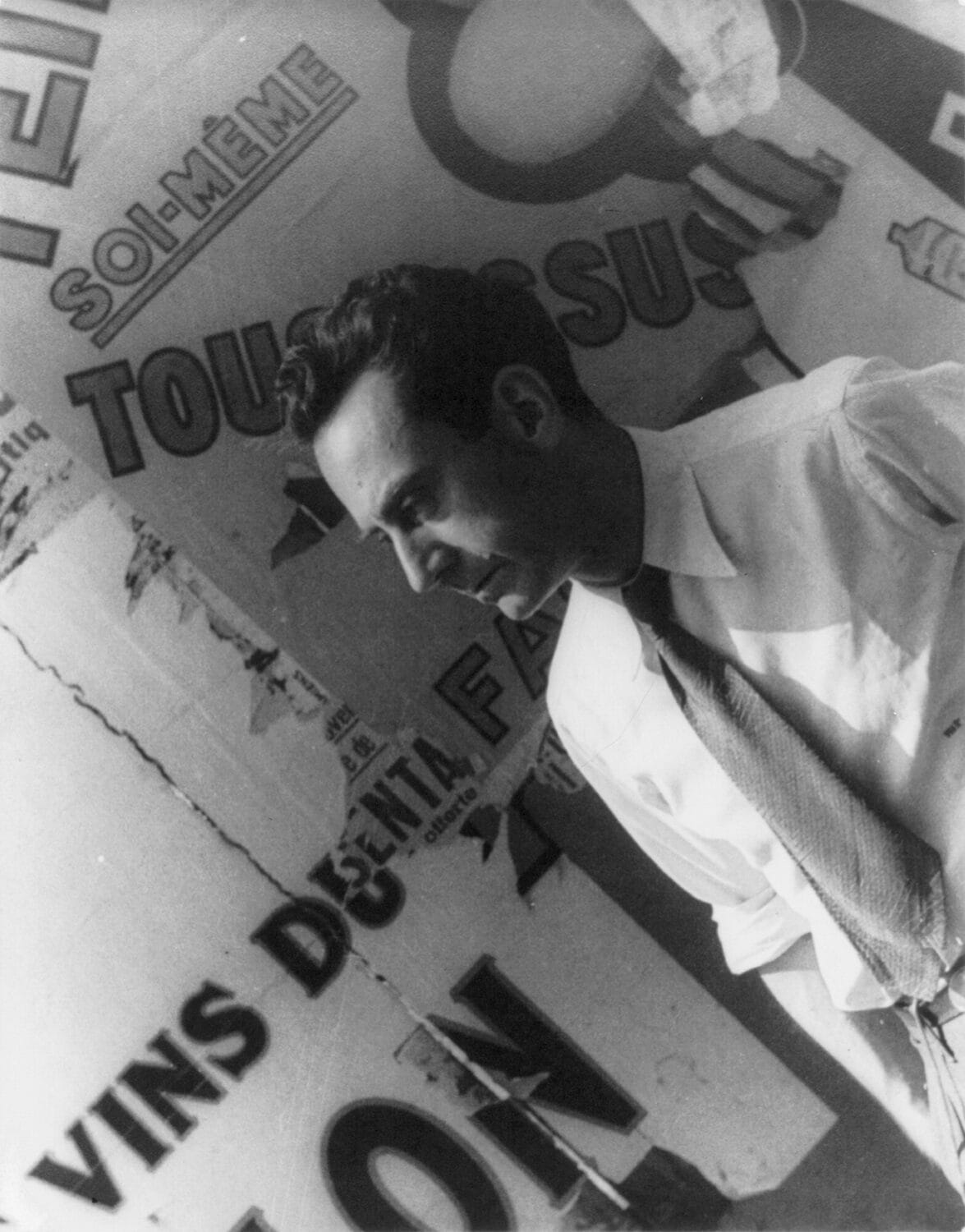Man Ray (1890-1976) was an American artist who is best known for his contributions to the Dada and Surrealist movements. He was a prolific photographer, sculptor, painter, and filmmaker who was influential in both Europe and America. His artwork often featured themes of chance and indeterminism, as well as dreamlike imagery. Ray’s photography concentrated on portraiture and experimental techniques such as solarization and rayographs. His iconic photograph Le Violon d’Ingres (1924) highlighted the beauty of the female body by turning it into a string instrument. Ray also made experimental films such as Return to Reason (1923) and Emak Bakia (1926). He explored mediums such as painting, sculpture, film, printmaking, drawing, illustration and even fashion design. Man Ray’s influence continues to be felt today with modern artists drawing on his ideas of surrealism and his pioneering use of photography.
He is remembered as one of the most influential artists of the 20th century.
Man Ray was born Emmanuel Radnitzky in Philadelphia to Jewish parents who had emigrated from Russia and Austria. His family moved around frequently due to his father’s job, living in Baltimore, New York City and Providence before finally settling in Brooklyn when Ray was 11 years old. At this point he changed his name to Man Ray, a name that represented both his talent for invention and his fascination with mysticism and spirituality. During high school, he attended classes at Brooklyn’s Pratt Institute while working nights at a factory.
Ray moved to Paris in 1921 where he joined the burgeoning avant-garde movement and met fellow artists such as Marcel
